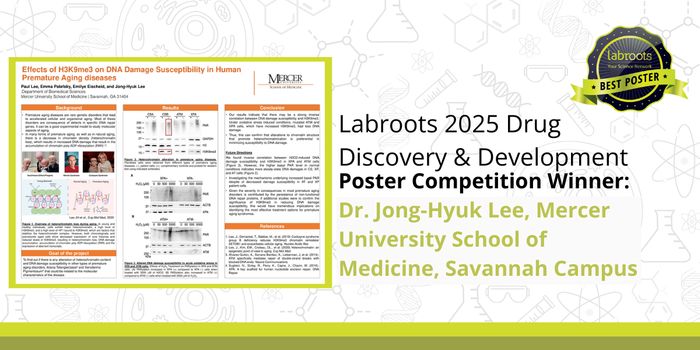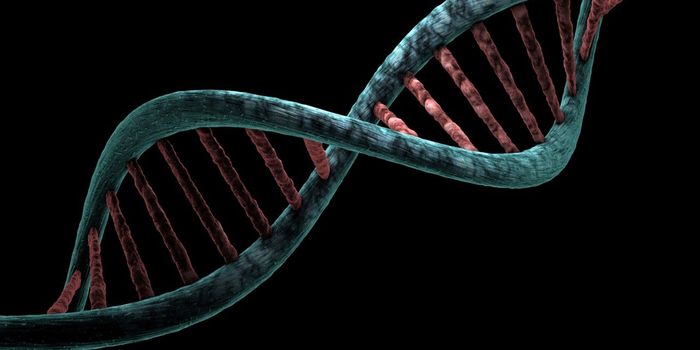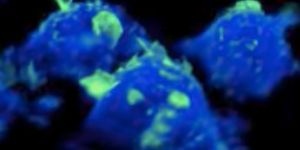Dopamine Provided Targeted Therapy for Neuropsychiatric Disorders

According to a study published in Molecular Psychiatry, research scientists at Columbia University Vagelos College of Physicians and Surgeons have brought light on the mechanisms behind dopamine in relation to neuropsychiatric disorders. More specifically, on how dopamine receptors signal within cells. Such research has opened the door for more tolerable and targeted treatments.
The central nervous system's (CNS) dopamine receptors hold a crucial role in a broad array of neural processes, such as motor control, learning and memory, and reward. The purpose of the study was to focus on the dopamine D2 receptor (D2R) which serves as an important target in the treatment of disorders such as schizophrenia and Parkinson's disease. The drugs used to treat such conditions either “block or activate these receptors to address dysfunctional receptor signaling”. However, antipsychotic drugs that work on D2Rs can hold adverse side effects, including weight gain, involuntary movements, and decreased motivation.
Watch Video Below To Learn More About Dopamine:
Fortunately, researchers have discovered that D2Rs transmit signals through two mechanisms intracellular: 1. by activating G proteins or 2. by G-protein independent arrestin-signaling. Previous research on opioid receptors, for targeted pain relief, conclude that suggest that it “may be possible to maintain the therapeutic effects while avoiding negative side effects”, including respiratory depression, by G protein signaling pathway activation. "We asked whether these signaling pathways might also lead to different behavioral effects at the D2R, and whether this might provide a new approach to improved antipsychotic drugs with fewer side effects," explains Dr. Jonathan Javitch, Lieber Professor of Experimental Therapeutics in Psychiatry and professor of pharmacology at Columbia University Vagelos College of Physicians and Surgeons.
To find whether the two pathways regulate different behaviors, scientists analyzed mice that were designed to carry a mutated D2R that would only facilitate the arrestin pathway. In these mice, the mutant D2R brought back motor function just as the non-mutant D2R does, indicating that “arrestin recruitment can enhance motor function on its own”. "This finding was quite exciting as it indicates that the activational component of motivation that enhances locomotion is regulated by a different intracellular mechanism than the reward-driven directional component," says Dr. Christoph Kellendonk, associate professor of pharmacology (in Psychiatry) at Columbia University Vagelos College of Physicians and Surgeons. "For the former, arrestin signaling is sufficient whereas the latter requires activation of G-proteins."
"These results offer the exciting possibility that therapeutic approaches targeting specific D2R-mediated signaling pathways could not only treat psychosis but also avoid some of the adverse side effects experienced by patients taking the existing, less targeted medications," explains Javitch.
Source: Columbia University Irving Medical Center, Molecular Psychiatry








